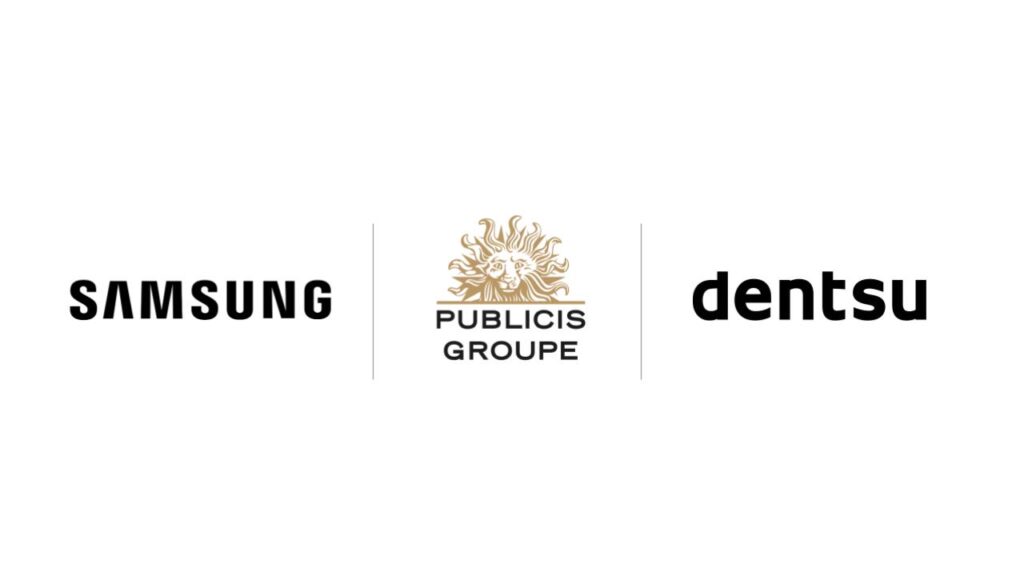By
When Drift’s chief executive, Dave Cancel, first suggested a gateless approach to content, Gerhardt (like many CMOs) didn’t think it would actually work. He admits that he, well, panicked. But he listened carefully as the CEO pitched “conversation marketing” as an alternative—one that they would use to teach others in the market by example. A year later, Gerhardt is a full-fledged evangelist, knowing that he and the team didn’t give up lead generation but simply redirected it via tech-enabled yet remarkably human conversations.
But you still have a way of capturing leads, right?
Yes. The real answer is that, instead of forms, we’re using bots to capture leads. But the big difference is instead of a form submission, it’s a conversation. And when you thought of form it’s binary, either you fill it out or you don’t. With a conversation, we have so many more people that come to our website and say, “Hey, I saw you from the podcast. I have a question: Is your pricing $500 a month? Or is your event tomorrow? Or how do I get to your office?” Everything is a conversation instead of a form submission, which is where all this stuff really starts.
I noticed that Drift’s bots have a very friendly tone. Do you recommend a more human-like approach with these critters?
We care a lot about copywriting at Drift, and we think about a lot of principles. One of them is: Write like you talk, and say it out loud. Now that you’ve written out everything, read it out loud, and see if (if you had a brick and mortar store) would it sound weird, or would it be funny and work? I think that’s a really simple exercise that a lot of people don’t do. And that’s the goal of having a bot on your website, is to facilitate those real conversations. So, I think it starts with: Does this sound on brand for us? Does it sound like a robot? The other piece of it is we don’t want to use bots to replace humans, so we make it very clear that this is a bot, is not named Dave, and the bot is not pretending to be a Dave. For example: “Hi, I’m the bot. I’m Dave’s helper. I can help get you in contact with him. What do you want to know?”
Does that humanness extend to the rest of your marketing? I noticed you discuss empathy in your book.
I’m so glad you found that nugget in the book because, to me, that’s the one word that is most important to marketing today. Marketing is about helping people buy, and empathy starts with: What are the good experiences that I have? Why did I love that? And the hard part is, so many times when you have a great experience online, it’s nothing like what actually happens with a B2B company.






